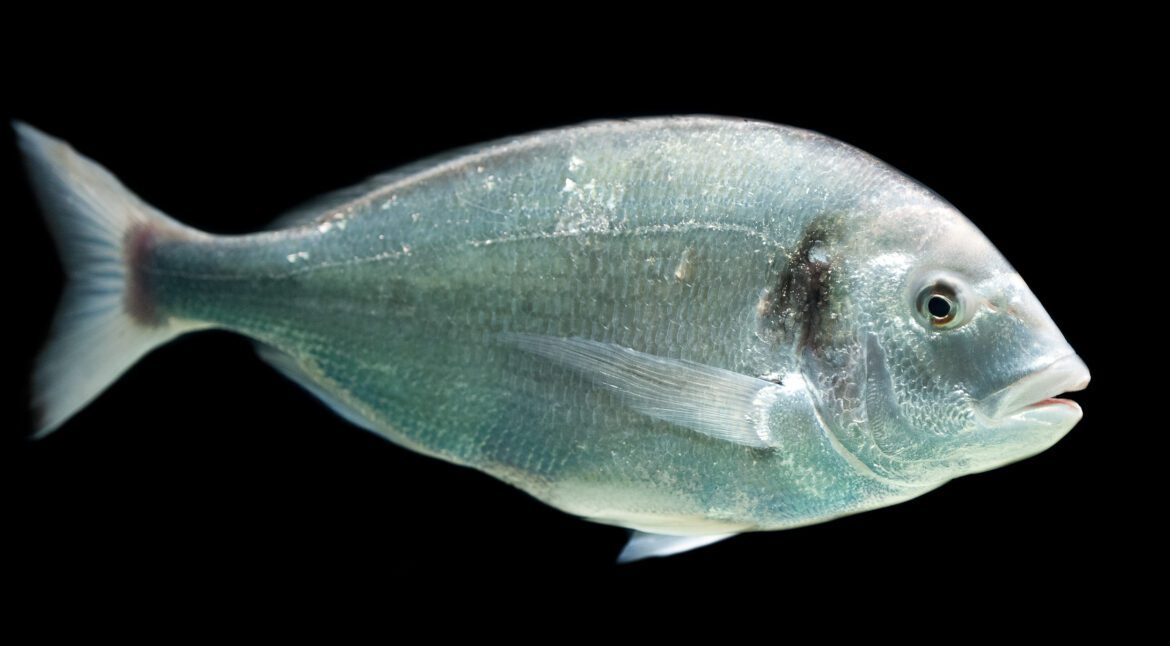A plethora of molecular and functional studies in tetrapods has led to the discovery of multiple taste 1 receptor (T1R) genes encoding G-protein coupled receptors (GPCRs) responsible for sweet (T1R2 + T1R3) and umami (T1R1 + T1R3) taste. In fish, the T1R gene family repertoires greatly expanded because of several T1R2 gene duplications, and recent studies have shown T1R2 functional divergence from canonical mammalian sweet taste perceptions, putatively as an adaptive mechanism to develop distinct feeding strategies in highly diverse aquatic habitats. We addressed this question in the carnivore fish gilthead seabream (Sparus aurata), a model species of aquaculture interest, and found that the saT1R gene repertoire consists of eight members including saT1R1, saT1R3 and six saT1R2a-f gene duplicates, adding further evidence to the evolutionary complexity of fishT1Rs families. To analyze saT1R taste functions, we first developed a stable gene reporter system based on Ca2+-dependent calcineurin/NFAT signaling to examine specifically in vitro the responses of a subset of saT1R heterodimers to L-amino acids (L-AAs) and sweet ligands. We show that although differentially tuned in sensitivity and magnitude of responses, saT1R1/R3, saT1R2a/R3 and saT1R2b/R3 may equally serve to transduce amino acid taste sensations. Furthermore, we present preliminary information on the potential involvement of the Gi protein alpha subunits saGαi1 and saGαi2 in taste signal transduction.

Autores: Anna Rita Angotzi , Sara Puchol, Jose M. Cerdá-Reverter, and Sofia Morais
Libro/Revista: Int. J. Mol. Sci. 2020, 21, 7732; doi:10.3390/ijms21207732
